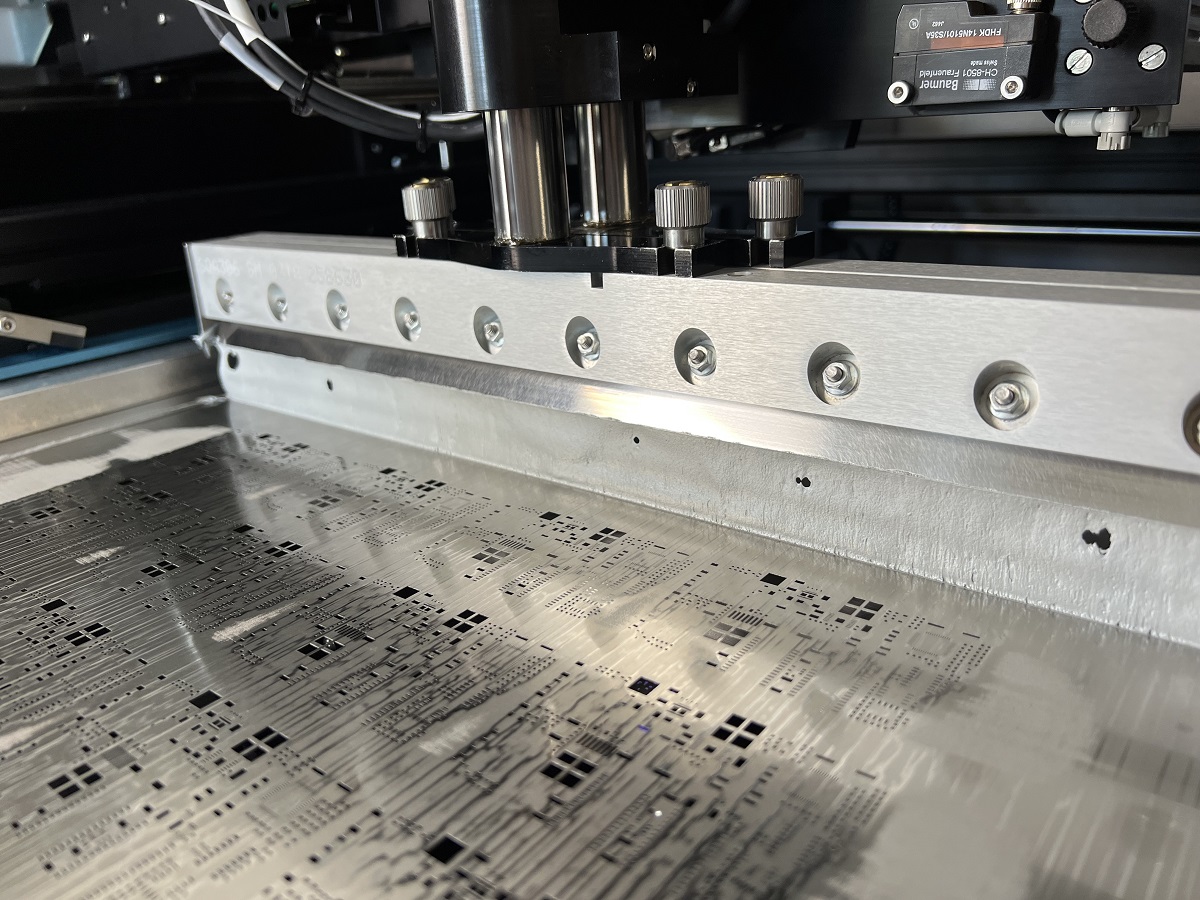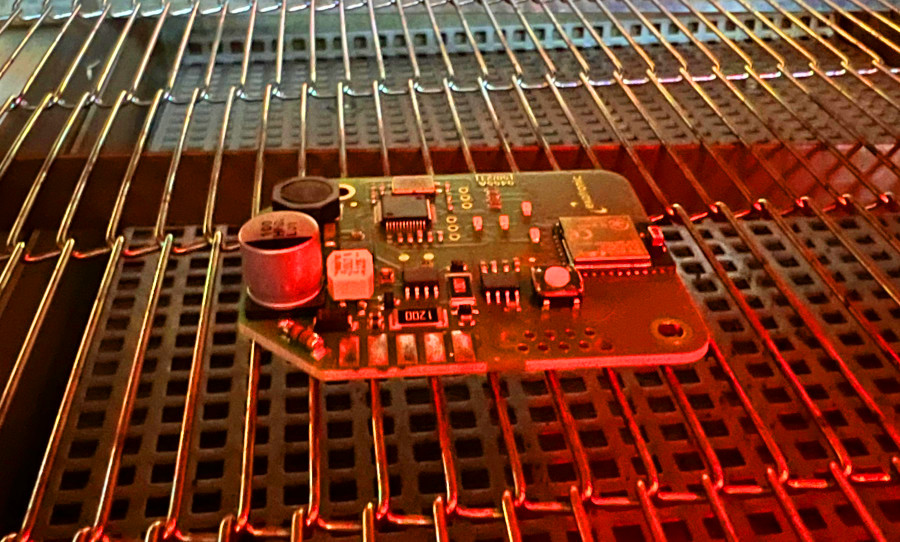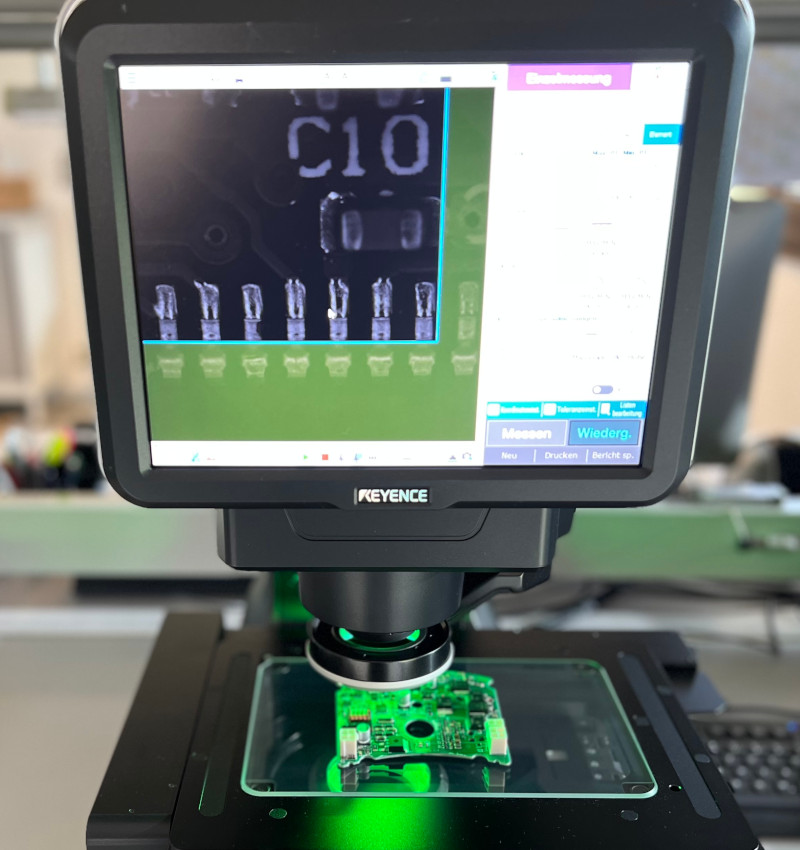 |
In principle, there are two different processes – SMD assembly and THT assembly.
When assembling the SMD, components are soldered straight onto a circuit board using solderable terminal surfaces. This may result in very high component density and assembly on both sides, which can have a positive effect on the electrical properties. This means that less assembly space is required, which also means that devices can be made smaller and produced in a more cost-effective way.
In contrast to SMD assembly, THT assembly is characterised by the fact that the components have wire connections. During assembly, they are inserted into so-called contact holes through a circuit board and must be soldered afterwards. Although THT assembly has dwindled as part of the miniaturisation of components in recent years, there are components (connectors, contact strips and the like) that are still designed as THT parts. |  |
 Deutsch
Deutsch



